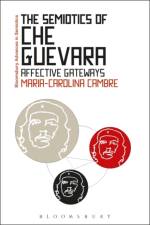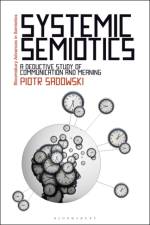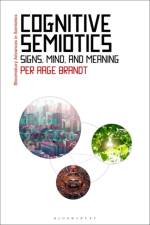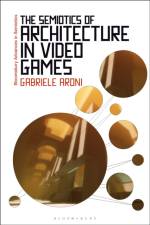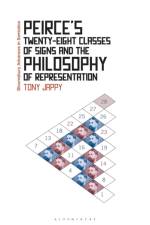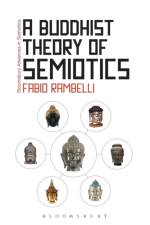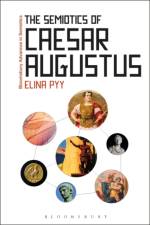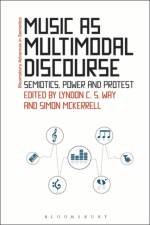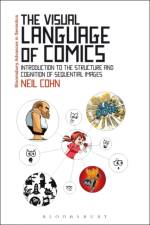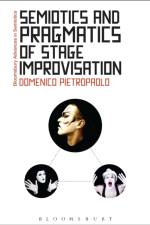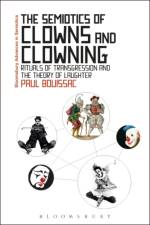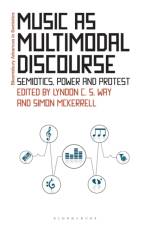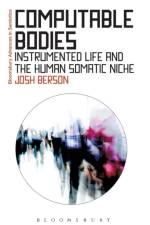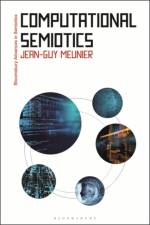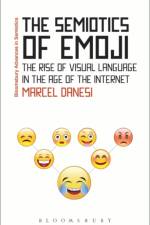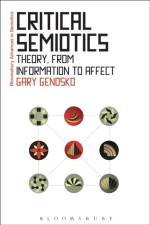- Verbal, Visual, and Physical Humor
1 801
Why are things funny? How has humor changed over the centuries? How can humor be a political force?Featuring expert authors from across the globe, The Languages of Humor discusses three main types of humour: verbal, visual, and physical. Despite the differences between them, all have a common purpose, showing us in different ways the reality that we live in, and how we can reflect on that reality. To this end, the book shows how humor has been used to address such topics as the Holocaust and the Soviet Union, and why it has been controversial in cases including Charlie Hebdo.The Languages of Humor explores a subject that is of interest in a wide range of intellectual disciplines including sociology, psychology, communication, philosophy, history, social sciences, linguistics, computer science, literature, theatre, education, and cultural studies. This volume features contributions from world-leading academics, some of who have professional backgrounds in this field. This unique research-led book, which includes over 20 illustrations, offers a top-down analysis of humor studies.

